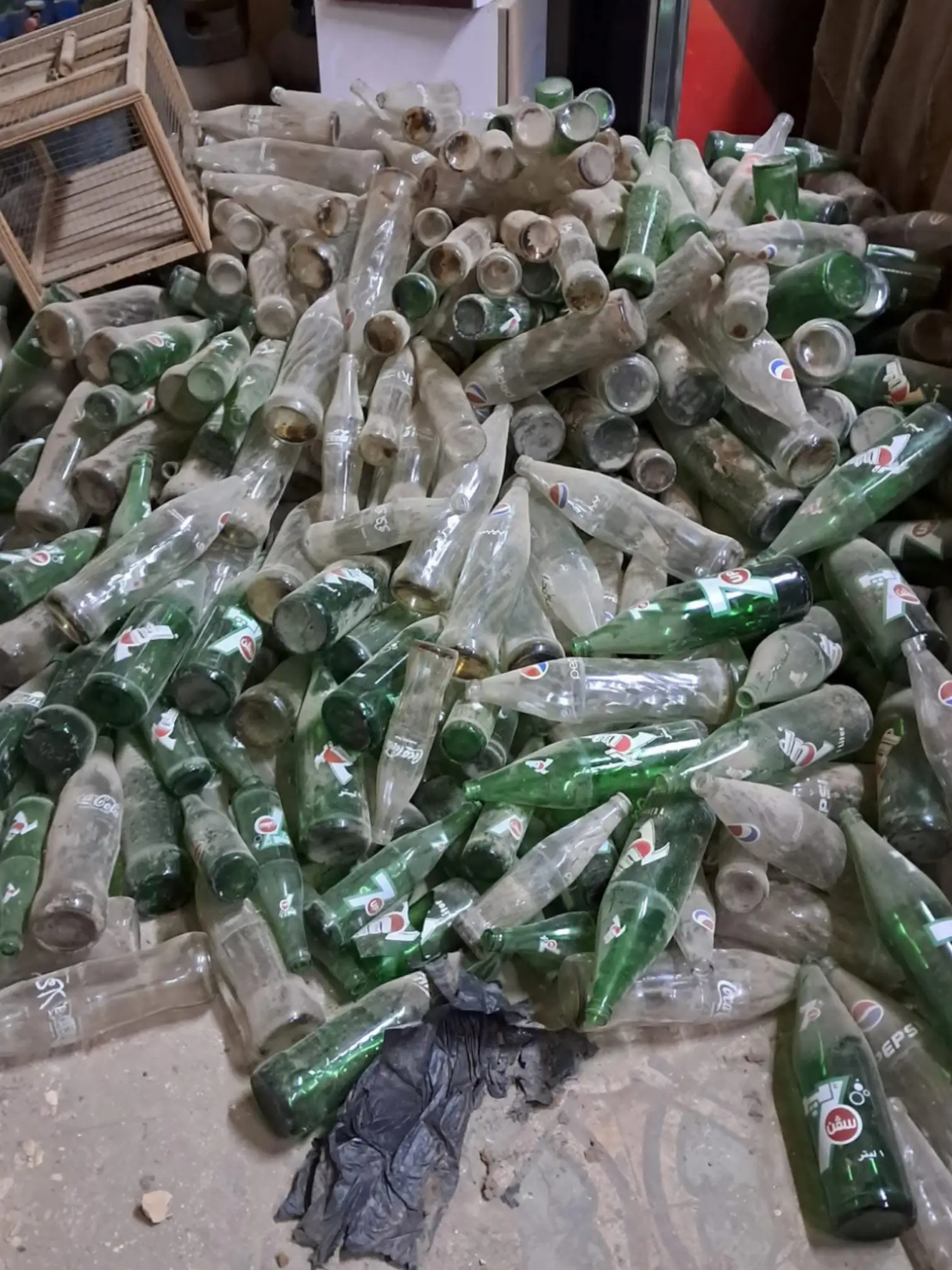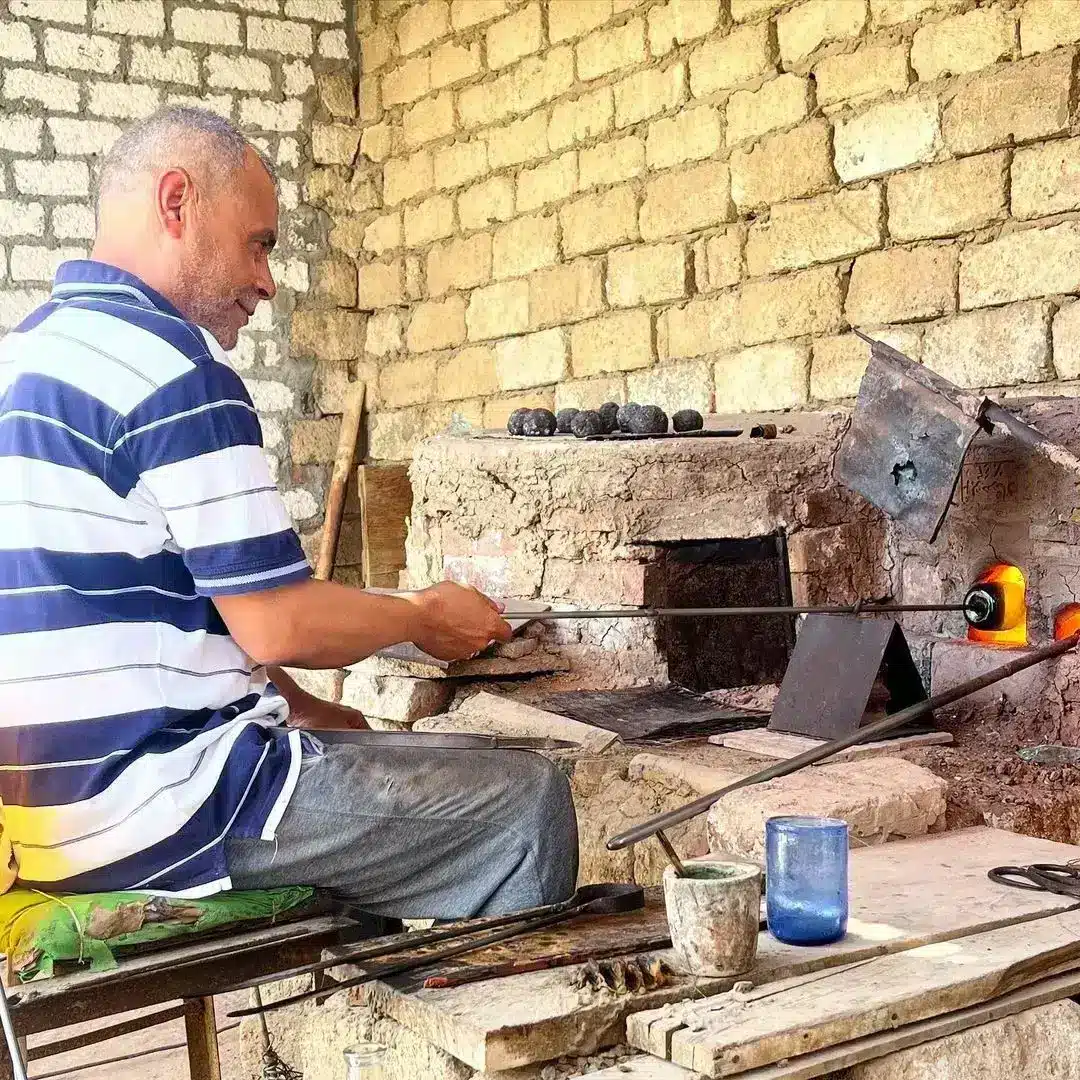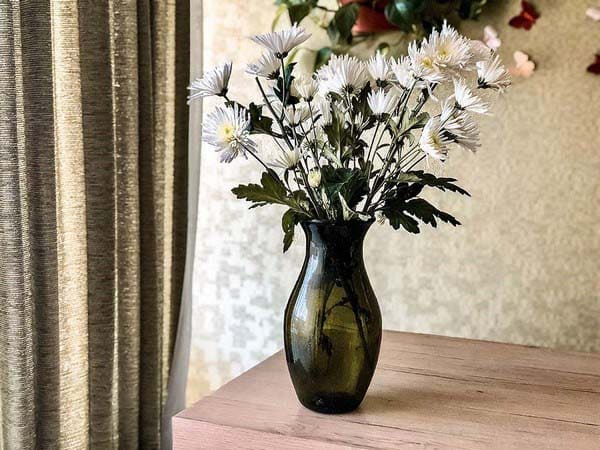Glass is one of the oldest materials known to humankind. It was first handcrafted around 3000 BC in Mesopotamia and Egypt. At that time, glass was mainly used to make small vessels and jewelry. Glass is a material made from quartz sand, limestone, and soda, which are combined using specific techniques. The different types of glass depend on the manufacturing methods and the additional elements mixed with the base materials during production. Each era and culture developed its own methods, leading to the emergence of various types of glass over time.

How is glass made?
The individual components used to make glass are stored separately in silos and barrels. Before mixing, the required ingredients are weighed and automatically combined in a large basin. Usually, pieces of old glass are added to the raw material mixture to save both resources and energy. Recycling glass reduces the time and temperature needed for the melting process. Once the materials are mixed, they are transferred into furnaces heated by gas or oil, where the melting process begins. The mixture is then heated to an extremely high temperature, blown into the desired shape, and slowly cooled down. This entire process can take up to 24 hours.
Shaping glass
The choice of glass-shaping technique usually depends on the final product. We’ll look at the four most well-known methods recognized by glassmakers: blowing, casting, pressing, and drawing. Each process is designed to give the glass greater strength and durability.
1. Blowing
In this technique, the craftsman begins while the molten glass is still inside the furnace. Using a blowpipe, the glass is carefully inflated and shaped. Since it remains soft, the artisan can easily form, squeeze, and cut it. During this stage, the glass is repeatedly reheated to keep it workable until the desired shape is achieved. Finally, the glassmaker separates the piece from the pipe using special tongs.
2. Pressing
Another way to shape glass is through the pressing method. Here, molten glass is pushed into a mold using a plunger until the mold is evenly filled. After the glass solidifies, the plunger is removed. Typical pressed-glass products include baking dishes, cups, and light fixtures.
3. Drawing

The drawing method, also known as the float process, is used to produce flat glass or glass fibers. In this process, molten glass is poured onto a bath of liquid tin, where it floats and spreads evenly. The surface tension between the tin and molten glass creates a perfectly smooth surface. The glass then passes through a cooling furnace, where it is gradually cooled and later cut after an optical quality inspection. The most common float glass products include window panes, vehicle glass, and safety glass.
4. Casting
In this method, the craftsman pours the hot, liquefied glass into a pre-shaped mold using special tools and allows it to cool and solidify slowly. This technique is particularly popular when melting down old glass to create new forms. The best-known products made this way include lamps and glassware used in the chemical and medical industries.
Have you already discovered our wide selection of glass vases? Visit our collection and let yourself be inspired by the beauty of handcrafted glass!
